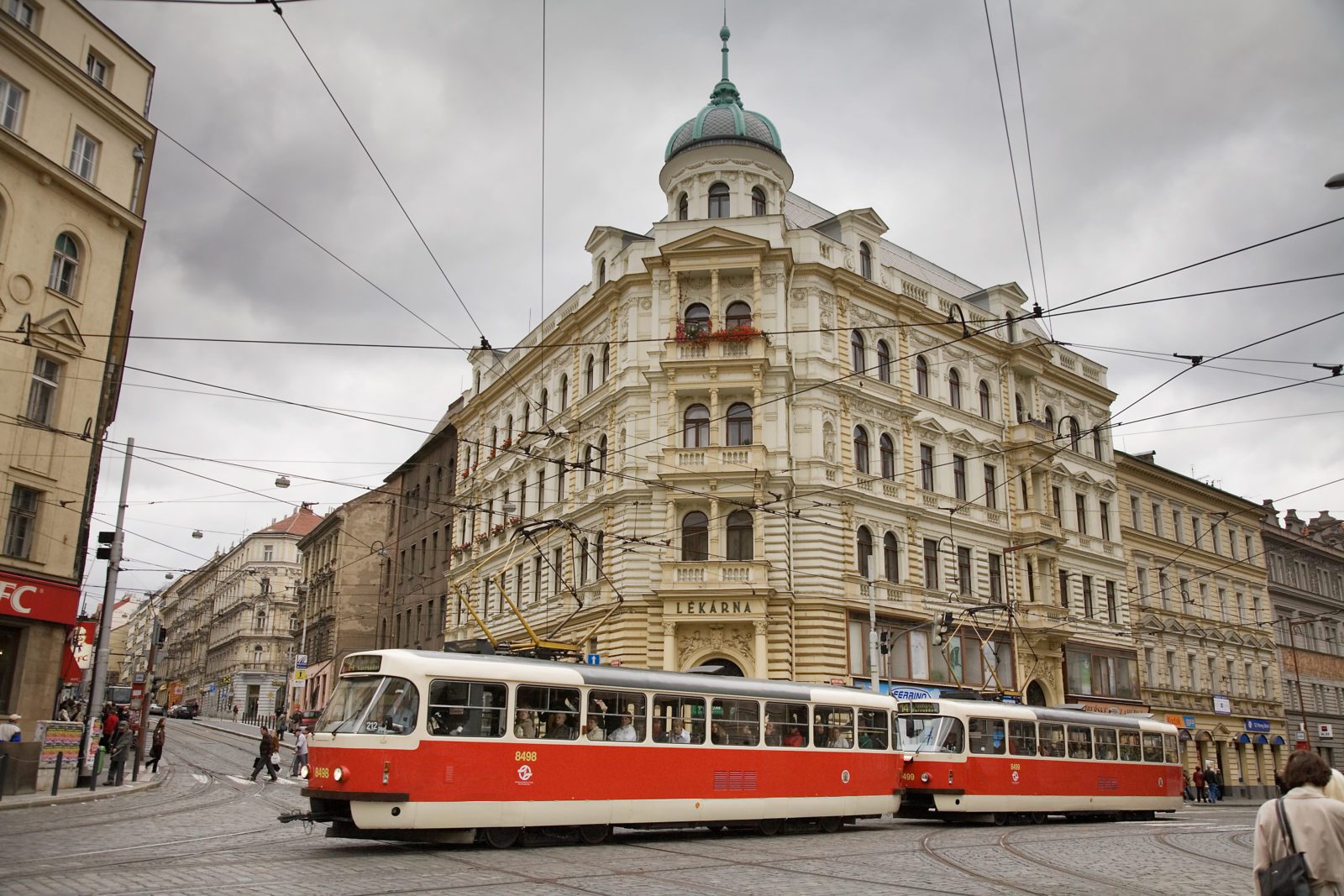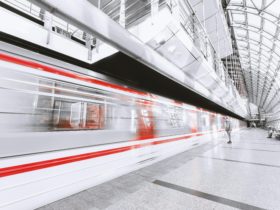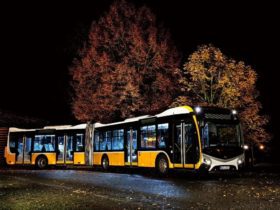Over the weekend, the seventh district of Prague offered visitors the opportunity to explore seven architectural gems free of charge and without registration. The Open House Prague festival, which takes place throughout the week, is dedicated Saturday and Sunday, May 20th and 21st, exclusively to the seventh district’s attractions. The district has a lot to offer, and the list of the seven featured buildings can be found on the district’s website. During the weekend, visitors had the chance to explore all the buildings at their own pace thoroughly.
Electric Works on Bubenská Street
One of the most highly anticipated attractions was the recently renovated building of the former Electric Works on Bubenská Street. This unique functionalist structure was built between 1930 and 1935 and was designed by renowned architects Adolf Benš and Josef Kříž. The building’s interior, which served as a backdrop for numerous films, particularly captivates visitors.
The grand hall with galleries and a central staircase leaves a lasting impression. The extensive complex consists of several interconnected and vertically diverse cubic sections. The main section rises to seven stories, while another area intersects it perpendicularly, standing at six levels. The lower rear wing, which now houses a clinic, is separated from the main building by three small courtyards.
The original partitions and counters for customer service once used as ticket offices for the Transport Company, have been exceptionally preserved. The original air conditioning system is an absolute rarity, making it the first fully air-conditioned building in the Czechoslovak Republic.
Petzold’s Pub
Another notable attraction is the recently reconstructed building of the Municipal Brewery Pavilion in Plzeň, known as Petzold’s Pub. This neo-renaissance structure was built during the Jubilee Provincial Exhibition and featured a roof reminiscent of the National Theatre. The building underwent a successful restoration, preserving its historical value. Located close to the main promenade of the Prague Exhibition Grounds, Petzold’s Pub is expected to draw significant attention.
Letná Water Tower
The Letná Water Tower is another freely accessible building dating back to a similar period. Completed in 1888, according to the design by architect Fialka, this complex initially served as a water tower and pumping station. In 1913, it ceased its operations, and apartments for employees were subsequently incorporated into its floors.
The tower’s fifth floor features an arcaded gallery that offers panoramic views of the surrounding area. The historical pump at the entrance is fascinating, initially in front of Prague’s municipal poorhouse. It is hard to believe that the poorhouse eventually transformed into the Ministry of Justice over the years.
Holešovice Market
Holešovice Market built between 1893 and 1895, is another architectural complex vying for visitors’ attention during the Open House festival. Designed by architect Josef Srdínko, the buildings initially served the needs of the Central Slaughterhouse of the Royal City of Prague. The site housed cattle barns, a livestock exchange, underground cooling chambers, stables, a water tower with a well, a fire station, and a railway siding capable of unloading up to 18 wagons daily.
At its peak, the market employed up to a thousand people. The buildings were adapted into a call after the slaughterhouse’s closure 1982. The primary slaughterhouse operations were transferred to new facilities in Čakovice and Písnice. The impressive figurative sculptures by Čeněk Vosmík and Bohuslav Schnirch adorn the area. The Open House Prague event allows visitors to explore the underground of Hall No. 36, which houses an exhibition of contemporary paintings.
Veletržní Palace
Among the notable buildings open for exploration is the Veletržní Palace, one of Prague’s first and largest functionalist buildings. Constructed between 1925 and 1928 according to the design by architect Josef Fuchs, the palace initially served as an exhibition space for trade fairs. Currently, it houses the National Gallery’s modern art collection. The building boasts a remarkable interior, including a grand staircase, large exhibition halls, and an impressive glass dome. It is a must-visit for art and architecture enthusiasts.
These seven architectural gems on Sedmička offered visitors a unique opportunity to appreciate these buildings’ historical and cultural significance. The Open House Prague festival allowed people to explore these spaces free of charge and without registration, fostering a deeper connection between the city’s heritage and its residents and visitors.







